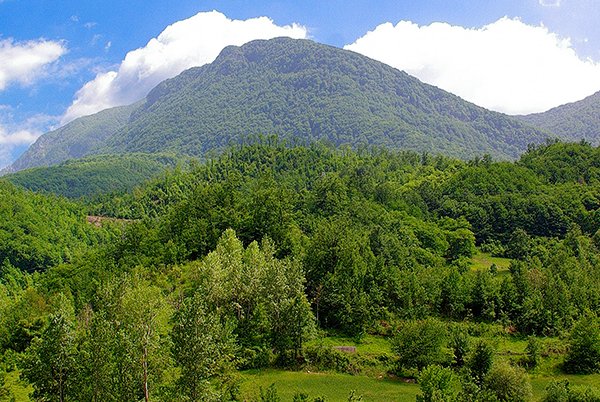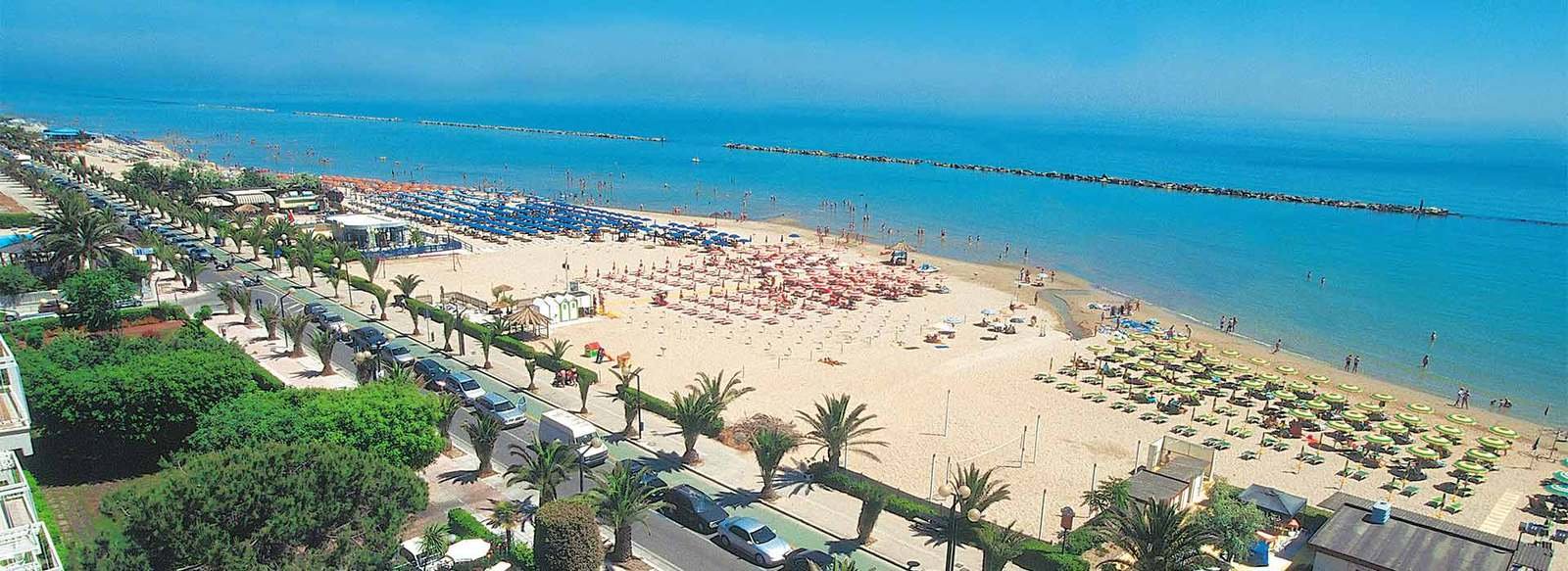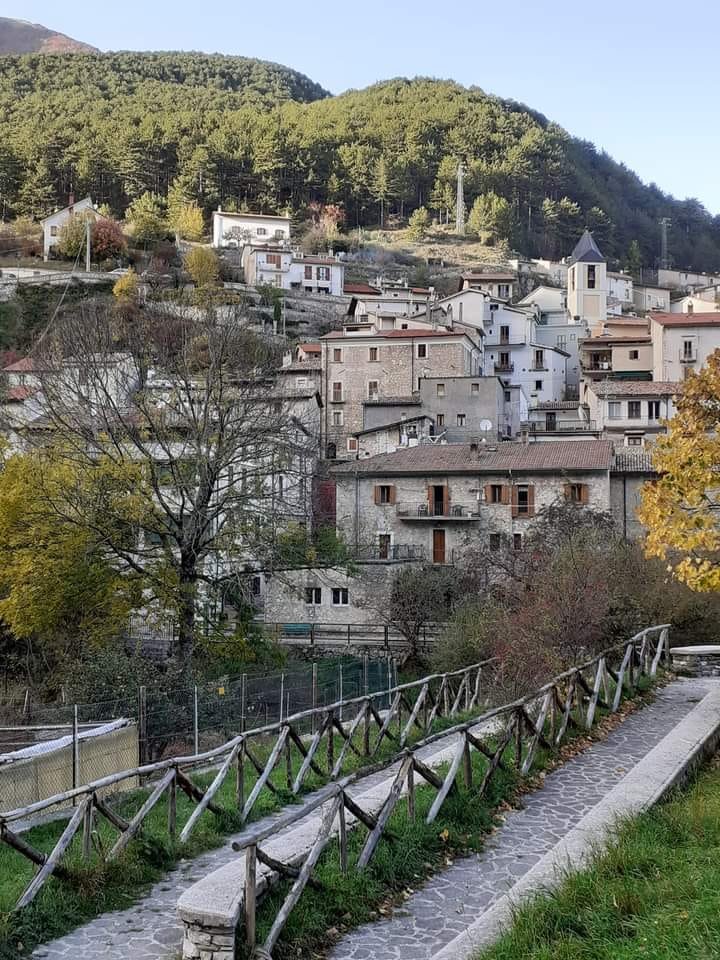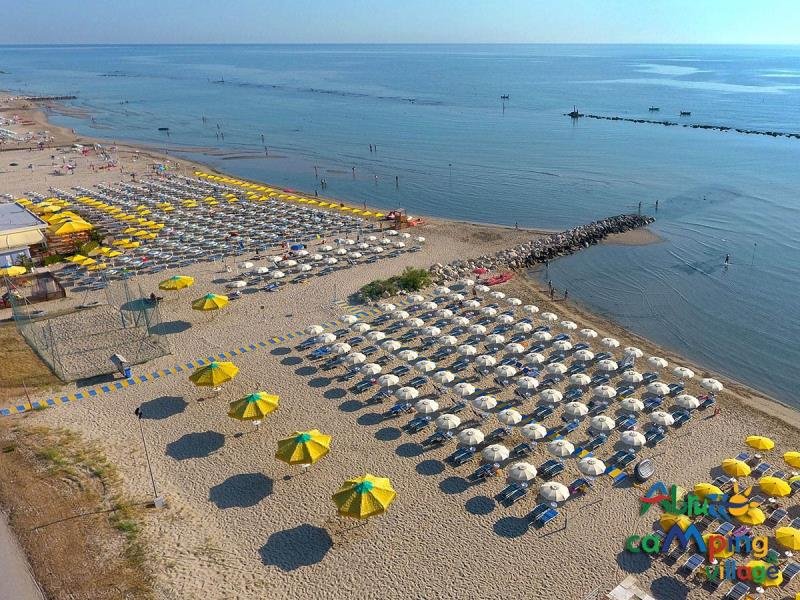Morino
The village of Morino lies at the gates of the Zompo lo Schioppo Nature Reserve, a green oasis of 1,025 hectares in the Valle Roveto, a deep incision of the earth that stretches for about 30 km in the heart of the Lazio-Abruzzo Apennines.
Centuries-old beech and chestnut groves, and a wide variety of wildlife, embrace the village of Morino, which also includes the hamlets of La Grancia and Rendinara, and the slopes of Mount Pizzo Deta.
Not far from the historical centre are the remains of the old Roman village that, abandoned after the earthquake of 1915, still retains its most authentic charm.
The village is part of the Valle Roveto Mountain Community and its economy has always been based on sheep farming and agriculture with wheat, maize, potato and legume cultivation, vineyards and olive groves.
The main attraction of this small village is undoubtedly its inestimable natural heritage. This is the Zompo lo Schioppo Nature Reserve, which features very different habitats that perfectly exemplify the variety of landscapes in the Roveto Valley.
The real protagonist of this natural spectacle is the waterfall that, starting from a karstic spring located at the top of the hills, falls 80 metres overhanging, forming the highest natural jump in the Apennines. The spectacle also continues underground, with a dense network of caves, karst valleys, wells and dolines, linked to the karst phenomenon.
Inside the Reserve there is a vast network of trails that make it easy to visit the most interesting areas of the park. Among the most interesting are those that, following the ancient shepherd's path and skirting the fascinating waterfall, lead to the discovery of the ancient Hermitage of the Cauto di Morino Vecchia, in the hamlet of Rendinara.
Inside, there is also an ecomuseum, intended as a multimedia and experiential centre, aimed at spreading a collective environmental culture.
Don't miss a visit to the churches of Santa Maria Nuova and Madonna del Cauto, immersed in the Schioppo beech forest. Carved into the rock at an altitude of around 1,000 metres, it was built in the 12th century.

 IT
IT EN
EN




 DE
DE